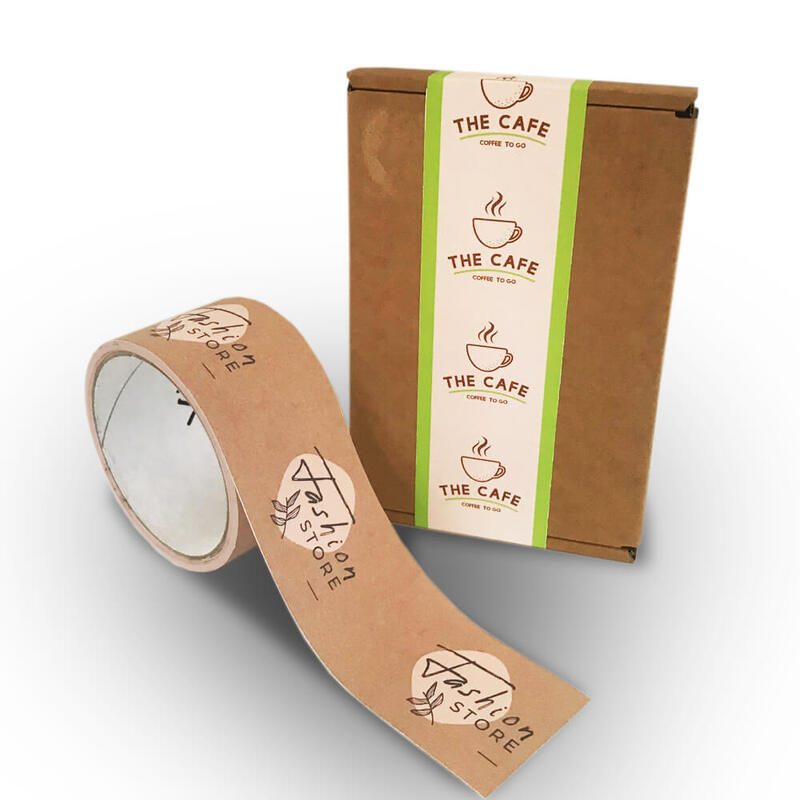The Evolution of Food Delivery Bags A Culinary Revolution
In the fast-paced modern world, food delivery has become an integral part of our lives. Whether it's a late-night craving for pizza or a weekend feast from a local gourmet restaurant, the convenience of having food delivered to our doorstep is undeniable. Yet, behind this seamless experience lies a critical component that often goes unnoticed – the food delivery bag. These bags have evolved significantly over the years, playing a crucial role in ensuring that our meals arrive hot, fresh, and safe to consume.
Historical Context
The concept of delivering food is not new. Historically, people have hired services to bring food to their homes. In ancient Rome, for instance, street vendors sold food that was packed and delivered on the spot. However, it wasn't until the 20th century, especially with the rise of fast food chains, that the need for specialized food delivery bags came into focus.
Initially, food delivery services relied on simple paper bags or cardboard boxes, which were functional but lacked insulation. As demand for food delivery surged, especially in urban areas, businesses began to recognize the necessity of evolving these packaging solutions. By the 1980s and 1990s, insulated bags started to appear, paving the way for a revolution in food transportation.
The Functionality of Modern Delivery Bags
Modern food delivery bags are engineered to address several key challenges faced by restaurants and delivery services. Among the primary functions of a good food delivery bag are insulation, protection, and convenience.
1. Insulation The main goal of any delivery bag is to maintain the temperature of the food. Most modern bags are made with thermal insulation materials that keep hot foods hot and cold foods cold. This insulation is often achieved through the use of materials such as foam, mylar, or specialized thermoplastics, which significantly reduce heat transfer.
2. Protection Food can be delicate, and spills can turn an excellent meal into a disappointing experience. High-quality food delivery bags come with features such as reinforced seams, waterproof linings, and easy-to-clean surfaces. This level of protection ensures that meals arrive intact, retaining their visual appeal.
food delivery bags

3. Convenience Delivery bags have evolved to cater to the needs of delivery personnel. Many of these bags come equipped with multiple compartments, allowing for the transport of different meal items without them touching each other. They are also designed for easy carrying, with adjustable straps and handles that make them comfortable for long walks or bike rides through city streets.
Sustainability in Food Delivery Bags
As the world becomes increasingly eco-conscious, the food delivery industry has not been left behind. Many companies are now looking to create sustainable packaging solutions. This shift towards sustainability has led to the development of reusable delivery bags made from durable materials that can withstand multiple uses.
Moreover, there is a growing trend towards biodegradable and compostable bags. These innovations are crucial in reducing the carbon footprint associated with single-use plastics and help restaurants and delivery services meet the sustainability goals advocated by consumers.
The Future of Food Delivery Bags
As technology continues to evolve, we can anticipate further innovations in food delivery bags. The integration of smart technology, for instance, could lead to feature-filled bags that can monitor temperature and humidity levels, ensuring that food is delivered in optimal conditions.
Additionally, as the food delivery market grows, the variety of cuisines being delivered is also expanding. Different foods have varying needs when it comes to transport. Expect to see bags designed specifically for sushi, pizza, or gourmet courses that provide tailored solutions for each meal type.
Conclusion
In conclusion, food delivery bags are more than just a means of carrying meals from one place to another; they are a vital component of the food delivery ecosystem. Their evolution from simple paper bags to high-tech insulated carriers demonstrates the food industry’s commitment to quality and customer satisfaction. As we move forward, we must recognize the critical role these bags play in enhancing our culinary experiences and their potential for sustainability in the ever-evolving world of food delivery.



